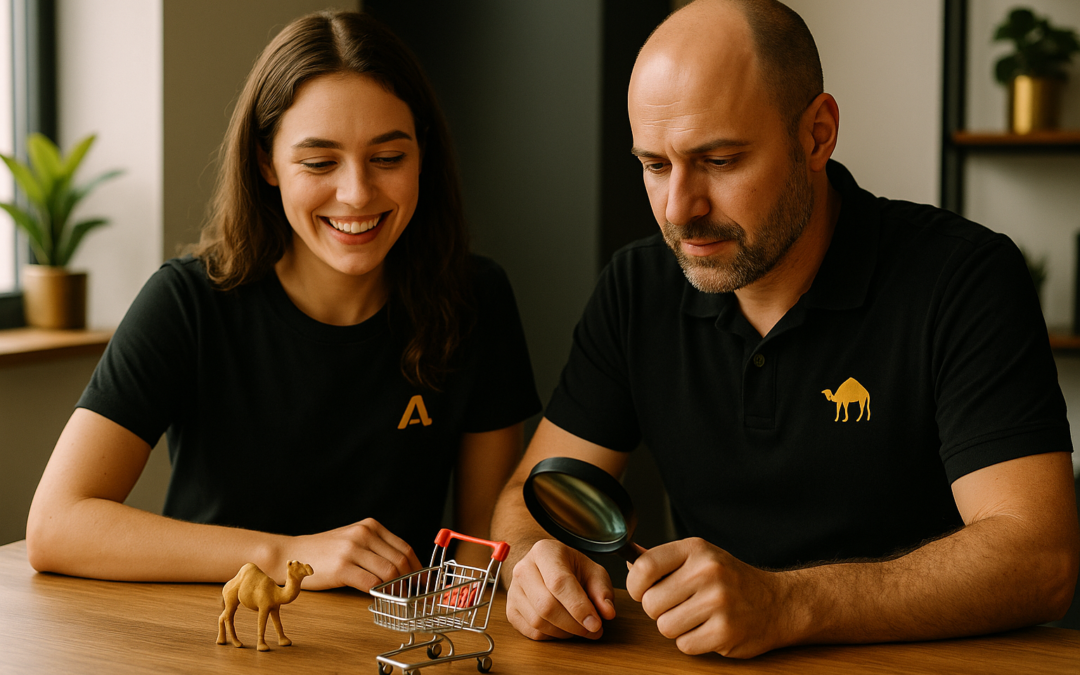Unraveling the Mysteries of the Camel: The Unexpected Hero of the Desert and Beyond
Imagine yourself wandering through the vast, shimmering sands of the desert, where the scorching sun beats down relentlessly. Amidst this desolate beauty, there’s a creature that seems almost mythical— the camel. Often called the “ship of the desert,” this incredible animal has fascinated humans for centuries, not just for its resilience but for what it symbolizes: adaptability, endurance, and quiet strength. If you’re curious about the fascinating world of camels and their surprising stories, I recommend checking out camel camel camel for an eye-opening deep dive into their history and significance.
The Origins: More Than Just a Desert Dweller
A Journey Through Time
The story of the camel is a story of survival—an ancient saga that dates back thousands of years. These animals aren’t just desert creatures; they’re symbols of human ingenuity and adaptation. Originally domesticated around 3,000 BCE in regions that now span North Africa and the Middle East, camels quickly became indispensable to trade, transportation, and even cultural identity. They carried everything from spices to silk, connecting distant civilizations and shaping history in ways no other animal could.Types of Camels: Dromedaries and Bactrian
There are two main types of camels: the dromedary (one hump) and the Bactrian (two humps). The dromedary is the more common of the two, thriving in hot, arid climates, while the Bactrian prefers cooler, more mountainous regions. These physical differences aren’t just cosmetic—they’re adaptations to their environments. The humps themselves aren’t simply storage units for water or fat, as many believe; instead, they’re complex structures that help camels regulate their body heat and survive extreme conditions.Myth Busting: Camels and Water
One of the most enduring myths about camels is that they store water in their humps. In reality, camels are masters of water conservation, capable of drinking up to 40 gallons in a single go and surviving for weeks without water. Their bodies are designed for efficiency: they have thick coats that insulate against heat, and their unique blood cells are oval-shaped, allowing them to rehydrate quickly without damaging their cells. This biological marvel makes camels not just resilient but almost superhuman in their ability to endure harsh environments.The Cultural Significance: More Than Just Pack Animals
Camels in Myth and Religion
Throughout history, camels have appeared in religious texts, folklore, and art. They symbolize patience, endurance, and the ability to thrive against all odds. In stories from the Arabian Nights to biblical tales, camels often represent wealth and status, serving as prized possessions in many cultures. Their presence in these stories underscores their importance beyond mere transportation—they’re woven into the very fabric of human culture.Modern Day: Sustainability and Innovation
Today, camels are experiencing a renaissance of sorts. In many arid regions, they’re vital to sustainable agriculture and eco-friendly transportation. Researchers are even exploring their unique biological traits for medical and technological innovations. For example, camel antibodies are being studied for their potential in developing new medicines. Their ability to survive tough environments also offers lessons in resilience for modern climate challenges.The Future of the Camel: A Symbol of Adaptation in a Changing World
As climate change accelerates, the camel’s story becomes even more relevant. Their natural resilience offers hope for sustainable living in some of the world’s most vulnerable regions. By understanding and respecting these incredible animals, we can learn how to better adapt ourselves—embracing resilience, patience, and innovation. In the end, the camel isn’t just a creature of the desert. It’s a symbol of endurance, adaptability, and the timeless human quest for survival. Whether in ancient caravans or modern labs, the camel reminds us that sometimes, the greatest strength lies in quiet resilience and the ability to endure against all odds. So next time you think of the desert’s silent guardian, remember—there’s more to this humble beast than meets the eye.Checkout ProductScope AI’s Studio (and get 200 free studio credits)

